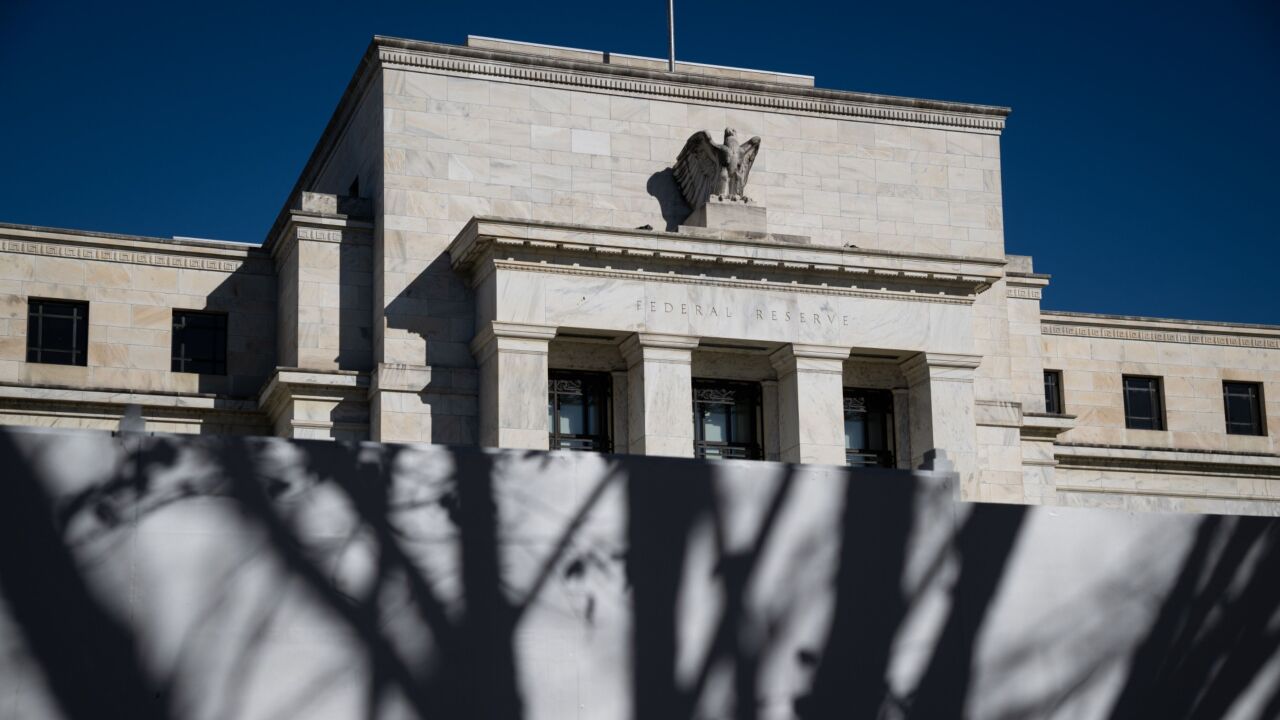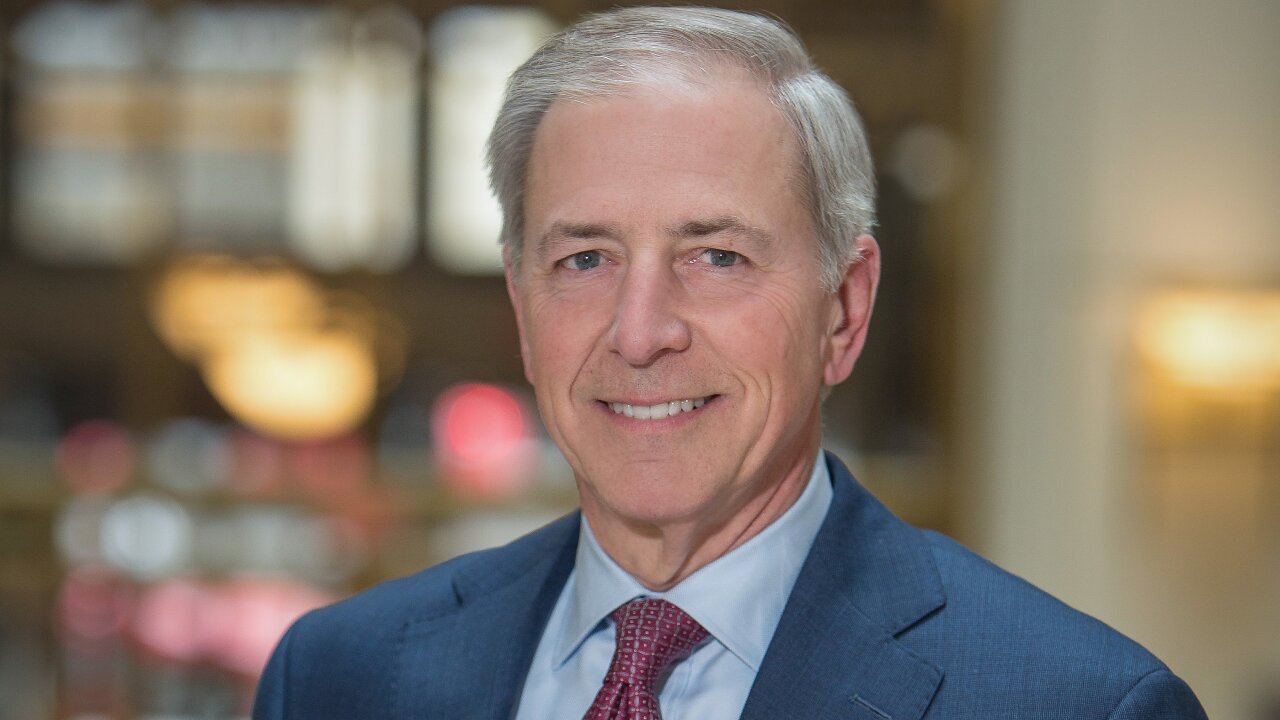Investors rushed to withdraw assets from mutual funds in May as even blue-chippers like Fidelity Investments and Franklin Templeton, which had not had outflows in any month since 2002, suffered losses.
Stock and bond funds had $11 billion of outflows overall during May, according to data Thursday from Financial Research Corp., a Boston consulting firm.
FRC said that, in contrast to the $27.6 billion of inflows in April, the heavy withdrawals last month from stock and bond funds swept through some famously strong companies. Even Vanguard Group, which had positive flows of half a billion dollars in May, experienced nearly a $4 billion swing from its much stronger April number.
According to the research company’s estimates, Fidelity, the nation’s largest fund company, had $2.07 billion of outflows in May and Franklin Templeton $621.9 million. In April, Fidelity had $1.8 billion of inflows, Franklin Templeton $50 million.
May was the first month of outflows for Fidelity since it had $1.3 billion of withdrawals in October 2002 and, for Franklin Templeton, since its $39 million of outflows in December that year.
Vanguard, the second-largest U.S. fund manager, ranked second in May sales with $581 million of inflows. It had had $4.5 billion of inflows in April.
Vin Loporchio, a spokesman at Boston-based Fidelity, noted that the FRC data exclude money market fund flows. Fidelity had inflows, overall, of $3.9 billion in May, he said, on $6.5 billion of inflows into money market funds, $1.2 billion of equity fund outflows and $1.4 billion of bond fund outflows.
FRC said industrywide money market fund inflows were $6.4 billion in May but that this still left total assets in funds down $4.8 billion overall from April.
On the bright side, American Funds, the third-largest fund company, topped all comers with $5.4 billion of net inflows. It has had $43.8 billion of net inflows this year through May 31 and has $534 billion of equity and fixed-income fund assets overall. Its inflows for the first five months of 2004 are nearly as much as the combined inflows at Vanguard, $31.5 billion, and Fidelity, $15.4 billion.
“American funds is finding a way to provide consistent performance as they accumulate assets,” said Geoffrey Bobroff, an analyst at Bobroff Consulting in East Greenwich, R.I. “It is a huge challenge for the rest of the industry to compete with that.”
Mr. Loporchio said it is hard to determine why investors withdrew so much from equity and bond funds in May.
“We have seen fairly strong flows during the first five months of the year,” he said. “I would point out that in April all of the equity markets were down. The equity markets and the bond interest rate changes have been on the minds of investors.”
Fidelity’s equity and bond funds have seen net inflows this month through Wednesday, Mr. Loporchio said.
Rebecca Cohen, a spokeswoman at Vanguard, said the Pennsylvania fund giant also had strong inflows into its money market portfolios during May. The numbers she gave for equity and bond fund flows, however, were substantially worse than FRC’s estimates. She said Vanguard had $2.1 billion of inflows into money market funds but that the $1.6 billion of inflows into equity portfolios were offset by $1.6 billion of bond fund outflows.
“In January and February we had strong markets, and we also had some inflows due to people leaving firms because of the fund scandal,” she said. “This was an unprecedented level of cash flow for us in the beginning of the year. We didn’t anticipate cash flow would be that high for the entire year.”
Vanguard had its best month in history, with $9.5 billion of inflows in January, Ms. Cohen said, but it knew a move down would come.
Julie Crothers, a spokeswoman at Bank One Corp.’s One Group, said its $113 million of May outflows were what most companies anticipated when interest rates are rising. “Basically we are seeing a move by people from longer-term bond products and money market funds into shorter-term products and deposit products,” she said.
Analysts agreed the heavy May outflows were a result of sagging markets and rising market interest rates.
“The Fed’s change in position on interest rates was really well-known in May,” Mr. Bobroff said. “Everyone and his brother that had a bond fund stepped up to the plate and said good-bye.”
Mr. Bobroff said he expects more equity market runoff in June.
“This may be a hiccup for a firm like Fidelity, but the industry has to be prepared for difficult months ahead,” he said.
Burton Greenwald, a Philadelphia analyst, said 2003 and the first quarter of this year were incredibly strong for the fund industry despite scandals, investigations, and “bad headlines.” The average equity fund is up 25% this year, he said, but investors are wary.
“The combination of potential rising interest rates and flat or declining markets have stopped people in their tracks,” he said.
Mr. Greenwald said when he was at an industry conference in May fund companies knew that “sales were definitely drying up.”
“Fund inflows diminished rapidly in May, and redemptions picked up,” he said. “That is a bad combination for fund companies. A reluctance to invest and a willingness to redeem is bad news. Anxiety in the marketplace creates redemptions.”






